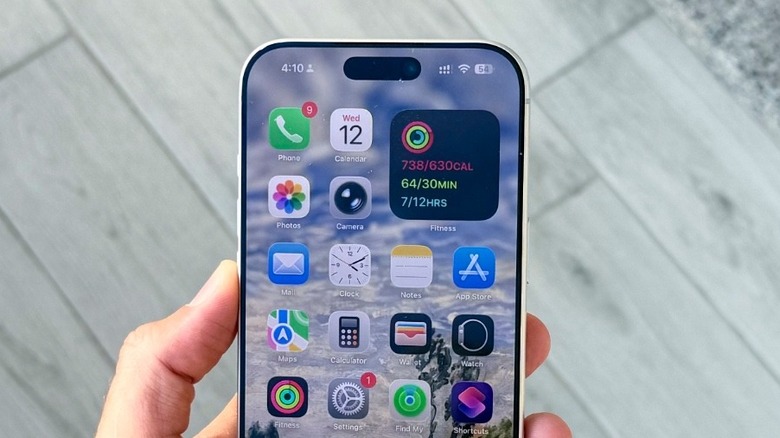iPhone 17 Clocks Major Wi‑Fi Speed Gains Over iPhone 16
A report by Ookla reveals that Apple's new N1 chip for Wi-Fi and Bluetooth connectivity has boosted iPhone 17's internet speeds when compared to the iPhone 16 and many premium Android devices. Ookla says that median download and upload speeds on the N1 were each up to 40% higher on the iPhone 17.
What's interesting about the report is that, on paper, Apple's N1 chip and Broadcom's Wi-Fi chips were similar, despite the step up from Bluetooth 5.3 to Bluetooth 6. However, Apple's tighter hardware-software integration makes the N1 chip stand out on the iPhone, not only for features like AirDrop and Personal Hotspot, but also by improving Wi-Fi speeds.
At first, Ookla said the Wi-Fi speed boost on iPhone 17 could have been related to more developed markets having more capable Wi-Fi networks, so it makes sense that the new iPhones have faster speeds than previous ones. However, the consistency over the past few weeks made the company realize that Apple's N1 chip is a significant leap over the last generation.
iPhone 17 vs. iPhone 16 internet speeds
According to Ookla's Speedtest analysis, the iPhone 17 family delivered higher download and upload speeds on Wi-Fi than the iPhone 16 in every market. The global median download speed of 329.56 Mbps was 40% higher than the iPhone 16 family's 236.46 Mbps. Median upload speeds on the iPhone 17 models have also jumped from 73.68 Mbps to 103.26 Mbps.
Besides that, the N1 chip appears to deliver a more consistent experience across a wider range of products, even with challenging Wi-Fi conditions. Ookla says that North American customers are the ones enjoying the fastest download speeds at 416.14 Mbps (vs. 323.69 Mbps for the iPhone 16 models) due to greater 6Ghz use, while Singapore and France saw the highest speeds out of all the markets where the device has launched.
Ookla also notes that the lack of 320 MHz support does not yet impact the N1 performance in the wild. While skipping 320 MHz in the N1 might have looked like a bad idea on paper, real-life tests show Apple's new chip is still performing exceptionally well.

